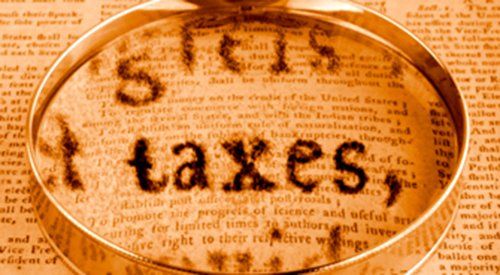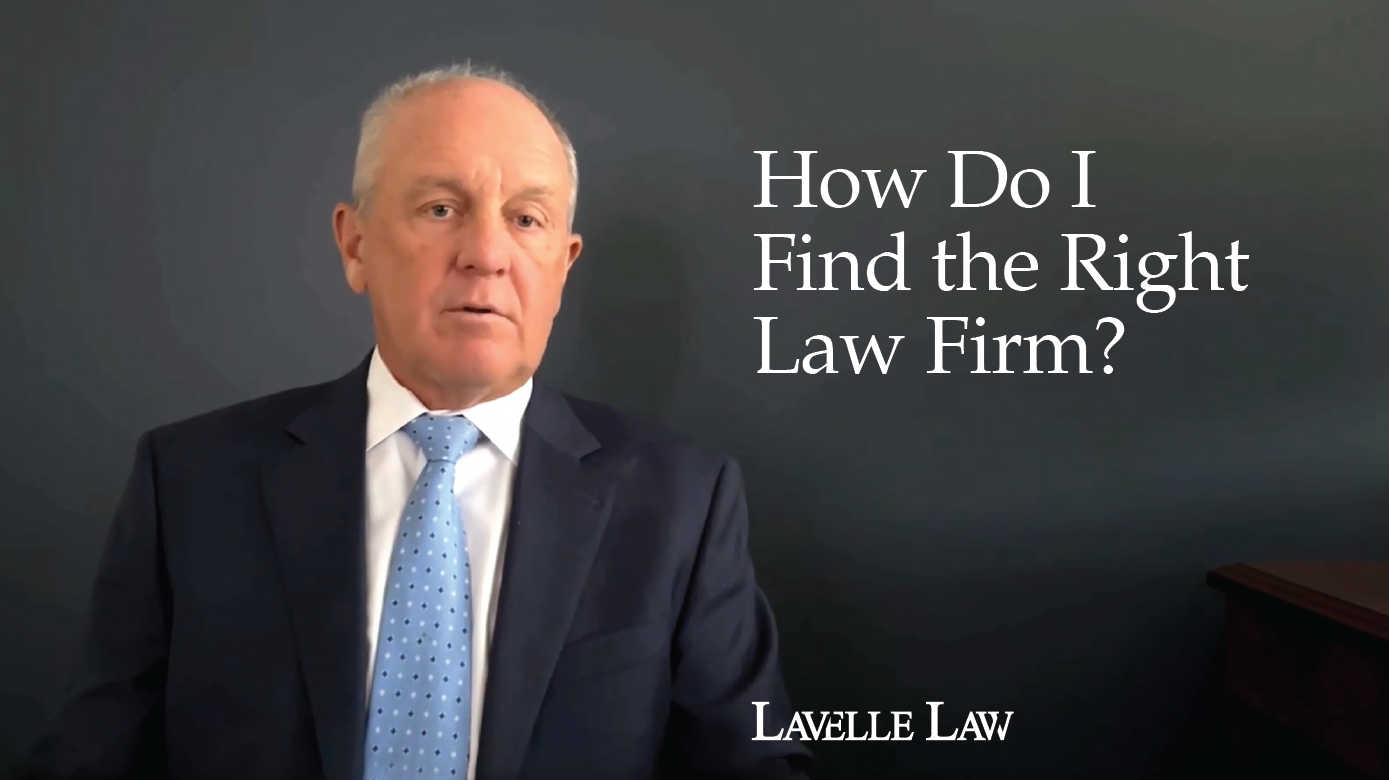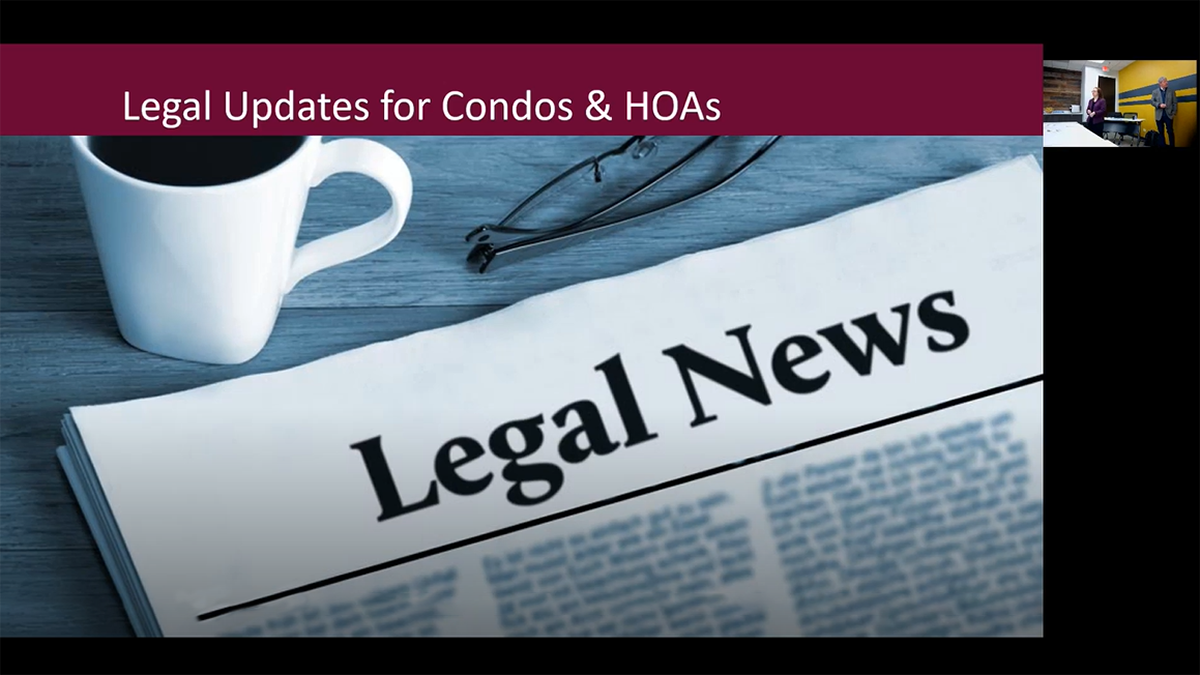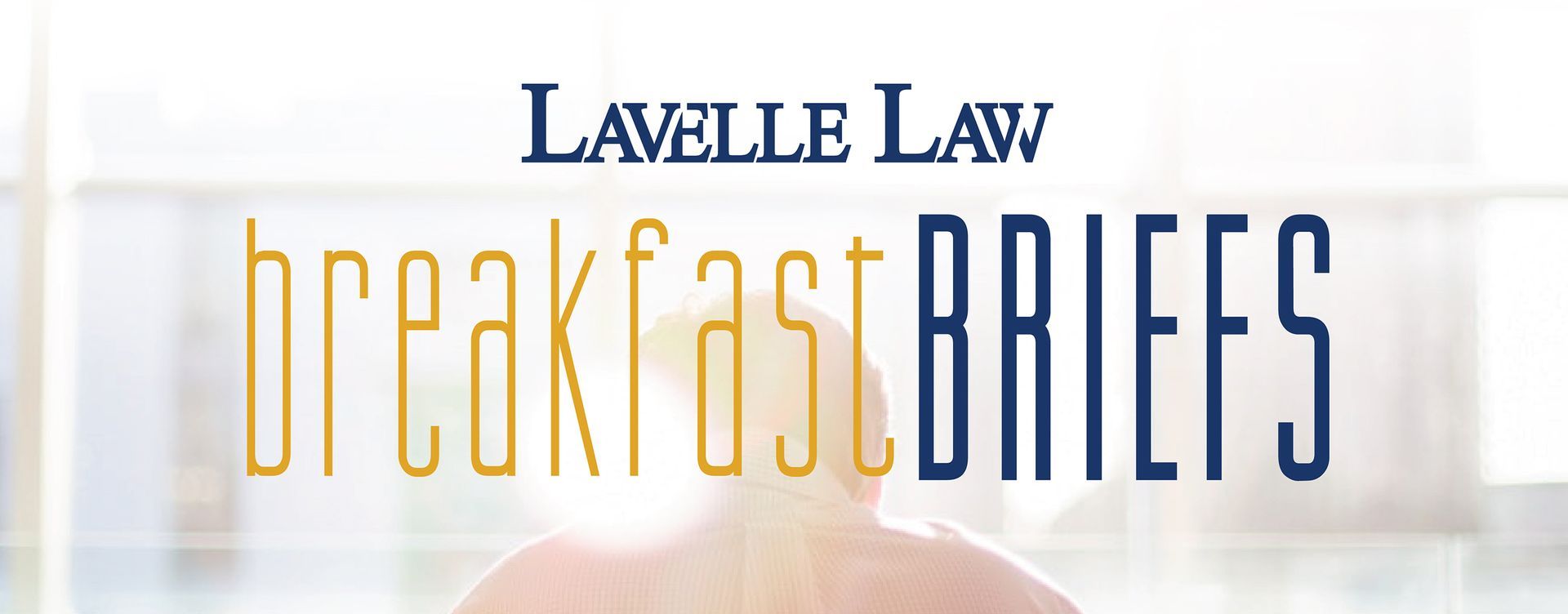Banking and Business Monthly – May 2020
Steven A. Migala • May 11, 2020
FEDERAL RESERVE EXPANDS AND PROVIDES ADDITIONAL GUIDANCE REGARDING ITS MAIN STREET LENDING PROGRAM
On April 30, 2020, the Federal Reserve Board (Fed) announced
an expansion of the scope of its previously announced Main Street Lending Program (Program) and published
additional guidance in the form of Frequently Asked Questions (FAQs). The April 30 updates are reflected in revised term sheets for each of now three distinct facilities comprising the Main Street Lending Program and the FAQs. The Fed has not yet published details relating to loan participation terms, credit administration or loan servicing, and has not yet announced an official launch date for the Main Street Lending Program. The changes to the Program include (a) creating a third loan option, with increased risk sharing by lenders for borrowers with greater leverage, (b) lowering the minimum loan size for certain loans to $500,000; and (c) expanding the pool of businesses eligible to borrow.
The Program is referred to under Title IV of the Coronavirus Aid, Relief, and Economic Security Act (CARES Act) and is designed to provide support to small and medium-sized businesses that were in a sound financial position prior to the COVID-19 pandemic. The Program will provide this support through the Federal Reserve’s purchase of up to $600 billion in participations in loans to “Eligible Borrowers” from “Eligible Lenders.”
Among the changes are that businesses with up to 15,000 employees or up to $5 billion in annual revenue are now eligible, compared to the initial program terms, which were for companies with up to 10,000 employees and $2.5 billion in revenue. However, the Federal Reserve has indicated that employees should be counted in accordance with the Small Business Administration (SBA) rules applicable to the Paycheck Protection Program (PPP), and that for purposes of calculating the number of employees and annual revenues, a business must include all of its affiliates as determined in accordance with those rules. This requirement will exclude many private equity-owned businesses, though the increased size tests may allow for some to qualify even on such a combined basis. The minimum loan size for two of the options was also lowered to $500,000 from $1 million. The Fed also clarified that eligible borrowers include businesses that have received PPP loans.
With the changes, the program will now offer more options to a wider set of eligible small and medium-size businesses. The U.S. Treasury will provide $75 billion for the program using funds from the CARES Act. Below is a chart summarizing the basic terms of each of the three loan facilities in the Program:
| Main Street Lending Program Loan Options | New Loans | Priority Loans | Expanded Loans |
|---|---|---|---|
| Term | 4 years | 4 years | 4 years |
| Minimum Loan Size | $500,000 | $500,000 | $10,000,000 |
| Maximum Loan Size | Lesser of $25 million or an amount that, when added to outstanding and undrawn available debt, does not exceed 4.0x adjusted 2019 EBITDA | Lesser of $25 million or an amount that, when added to outstanding and undrawn available debt, does not exceed 6.0x adjusted 2019 EBITDA | Lesser of $200 million, 35% of existing outstanding and undrawn available debt, or an amount that, when added to outstanding and undrawn available debt, does not exceed 6.0x adjusted 2019 EBITDA |
| Risk Retention | 5% | 15% | 5% |
| Payment (Year One Deferred for All) | Years 2-4: 33.33% each year | Years 2-4: 15%, 15%, 70% | Years 2-4: 15%, 15%, 70% |
| Rate | LIBOR + 3% | LIBOR + 3% | LIBOR + 3% |
| Collateral | Unsecured or secured (including second lien); cannot be contractually subordinated | Must be senior to or pari passu with, both as to payment and security, all other debt (other than mortgage debt) | Must be senior to or pari passu with, both as to payment and security, all other debt (other than mortgage debt) |
More News & Resources
Lavelle Law News and Events

The Illinois General Assembly enacted Public Act 1738, amending several provisions of the Illinois Code of Civil Procedure to raise debtor exemption limits effective 1.1.26. The new law provides expanded protection for residents, marking the most significant increase to the state’s exemption statutes in over a decade.










